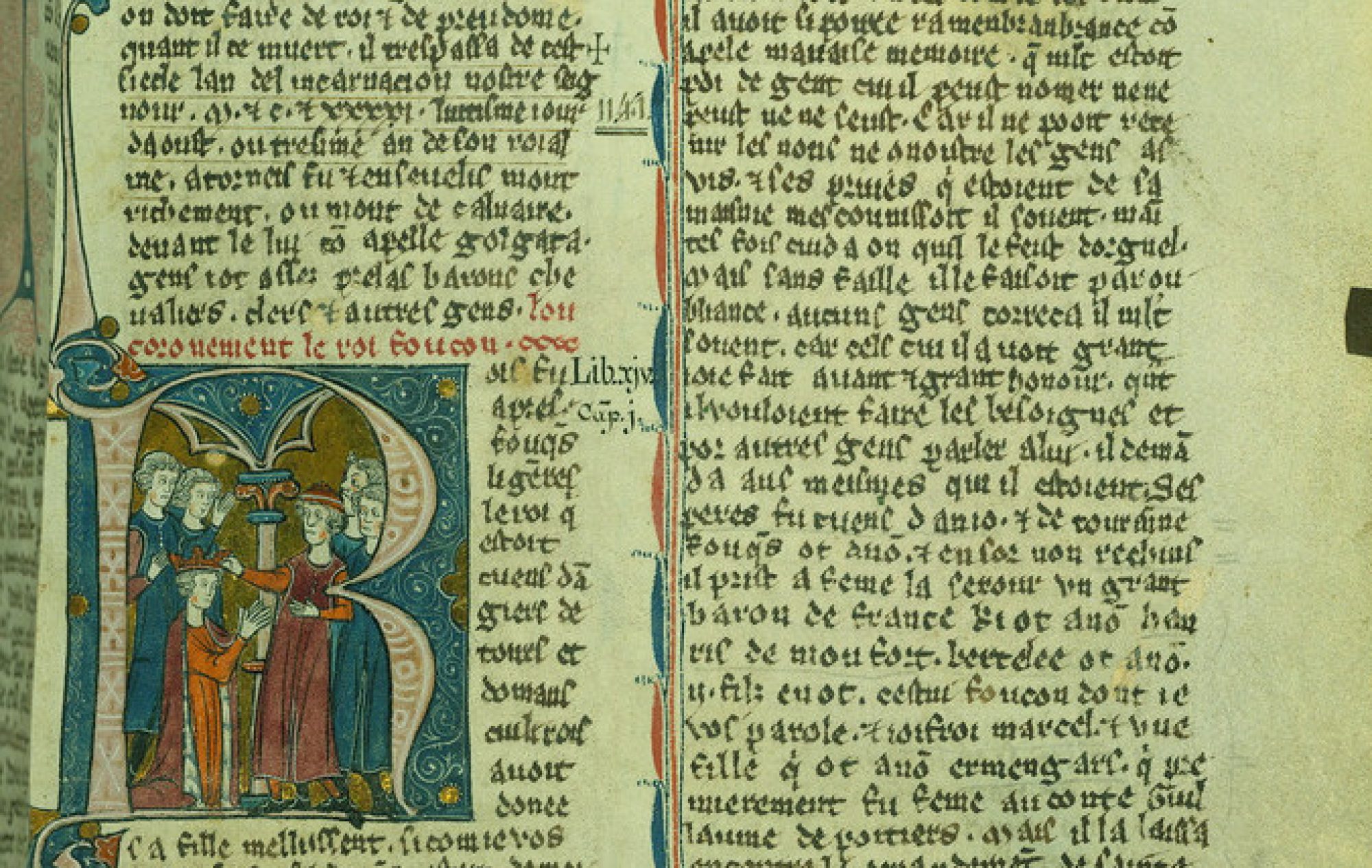At the forefront of a list of nations in Prester John’s supposed regime (see Cannibal Tribes) resides the term “Gog and Magog”. These are real terms described by the world’s most ancient document: the Bible. The first account of Magog comes from Genesis, where he is named as one of Noah (of Ark)’s many grandchildren. Next, the book of Ezekiel identifies Gog as a descendant of Magog. Specifically, the writer of Ezekiel prophesizes that Gog will one day lead the nation of Magog (made up of Magog’s descendants) somewhere from their location north of Israel and attack the land. Finally, the book of Revelation warns of the dangers of the nation of Magog.1
Over the years, especially in the Middle Ages, the threat of the nation of Magog was frequently feared and contemplated. Where, specifically, is “north of Israel”? Which nation will attack?
The fact that Prester John’s letter claimed to have these nations under control suggests more religious power, or perhaps the desire to seem more powerful. However, this could also call into question the legitimacy of this claim. The nation of Magog is very important Biblically and could potentially suggest the end of the world. As the world continues today, the letter may have exaggerated these claims.
- Victor Scherb, “Assimilating Giants: The Appropriation of Gog and Magog in Medieval and Early Modern England,” Journal of Medieval and Early Modern Studies 32, no. 1, (2002): 59-84.
